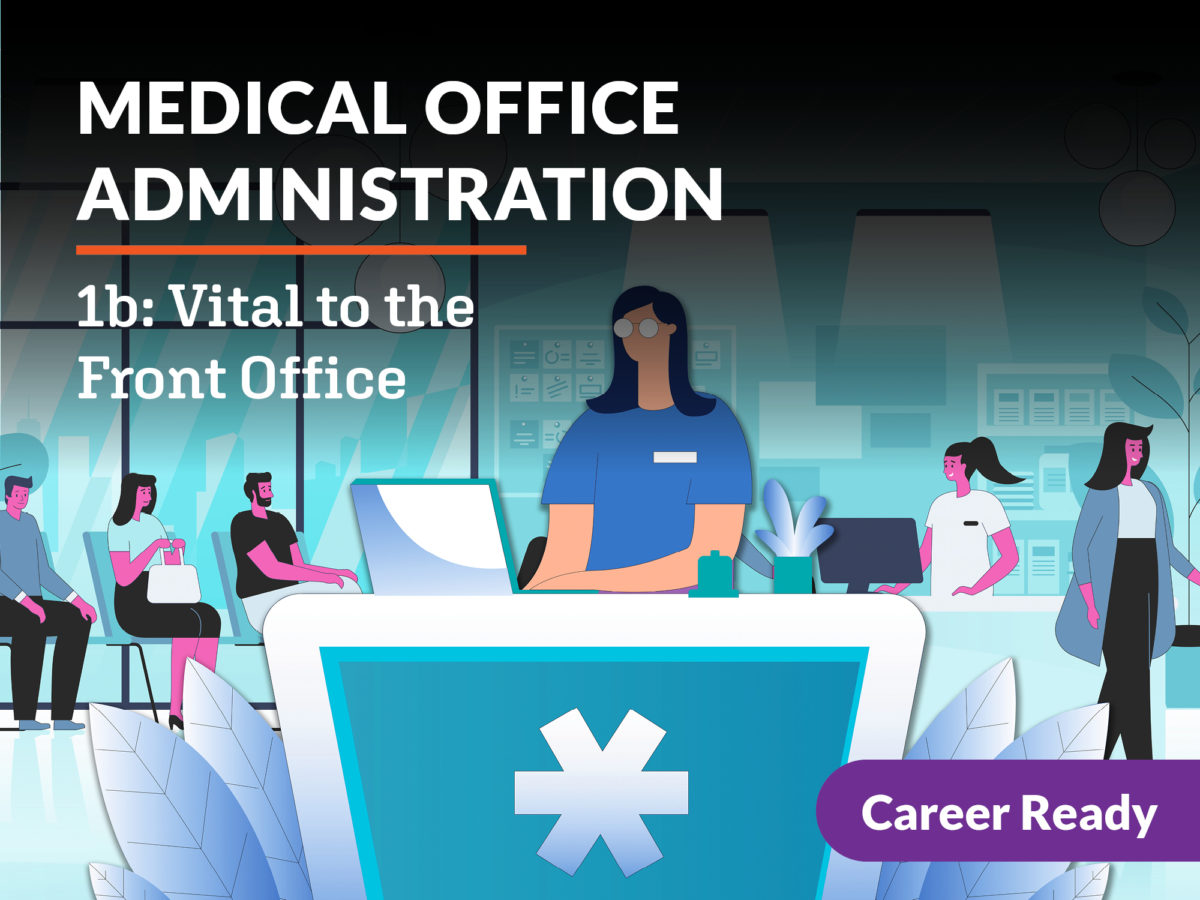How to Start an Effective Career in Medical Administration: A Beginner's Overview
How to Start an Effective Career in Medical Administration: A Beginner's Overview
Blog Article
Best Practices in Medical Administration for Improving Effectiveness and Reducing Expenses
In the ever-evolving landscape of healthcare, the pursuit of ideal practices in medical administration is vital for enhancing efficiency and curbing costs. By integrating advanced modern technologies such as electronic wellness records and telemedicine, medical care suppliers can simplify operations and improve individual treatment.
Leveraging Advanced Innovation
The combination of digital services right into health care systems has transformed the means centers run, simplifying processes and enhancing individual treatment. By centralizing person details, EHRs eliminate the requirement for cumbersome documents and facilitate seamless interaction amongst health care suppliers.
Telemedicine is another technical improvement that has actually changed client interaction. It offers convenience for both people and healthcare professionals by enabling remote appointments, which can decrease the need for in-person sees and enhance consultation scheduling. In addition, telehealth platforms can expand healthcare accessibility to rural or underserved locations, connecting spaces in care delivery.
Moreover, the use of Expert system (AI) and device learning is ending up being significantly prevalent in anticipating analytics, permitting very early detection of potential health and wellness problems and more informed decision-making. These technologies, when incorporated properly, can enhance analysis accuracy and personalize client therapy strategies, inevitably leading to enhanced medical care outcomes and operational effectiveness.
Optimizing Source Allocation
Efficient source appropriation is vital for making best use of the efficiency of medical administration. By tactically taking care of sources such as personnel, devices, and financial resources, medical care centers can significantly enhance their operational performance, enhance client results, and minimize unneeded expenses. The primary step in optimizing resource allocation involves conducting an extensive evaluation of present properties and recognizing locations where sources might be underutilized or overextended. This assessment should be data-driven, using metrics and analytics to notify decision-making processes.
Focusing on source allotment based on individual demands and service needs is vital. Carrying out versatile staffing designs can additionally maximize labor sources by changing workers allowance in feedback to varying person volumes.
Financial sources must be carefully monitored and assigned with calculated insight to sustain both temporary operational needs and long-lasting institutional goals. This consists of investing in training programs that enhance team competencies and adopting energy-efficient techniques that decrease functional expenses (medical administration). Ultimately, an enhanced source allowance strategy fosters a sustainable medical care atmosphere that is responsive, reliable, and financially sensible
Streamlining Operations Procedures
When healthcare centers aim to enhance functional efficiency, streamlining workflow processes ends up being a pivotal emphasis. Effective process reduce redundancy, get rid of unnecessary steps, and boost coordination among health care specialists. This approach read this post here not just increases service shipment yet likewise boosts the top quality of individual treatment.

Following, modern technology integration plays a considerable duty in streamlining workflows. Executing digital wellness documents (EHRs) and electronic medical professional order entry (CPOE) systems decreases documentation, minimizes human mistake, and ensures information is accessible to all relevant workers. Furthermore, leveraging telemedicine systems can improve person assessments and follow-ups, minimizing the strain on physical infrastructure.

Ultimately, streamlined process cause set you back reductions and improved patient complete satisfaction, promoting a more lasting health care atmosphere.
Enhancing Information Monitoring
Building upon streamlined process, optimizing information monitoring becomes a crucial part beforehand healthcare management. Reliable information administration systems are important for preserving precise person records, enhancing decision-making, and ensuring compliance with governing requirements. By carrying out durable information administration solutions, websites health care facilities can enhance the quality of client treatment while at the same time reducing operational expenses.
One key aspect of improving data monitoring is the integration of innovative electronic health and wellness document (EHR) systems. These systems help with the seamless exchange of patient information across various divisions, decreasing duplication of tests and decreasing mistakes. A well-designed EHR system sustains data analytics, allowing medical care service providers to recognize trends and make informed choices concerning patient treatment.
Furthermore, safeguarding client data is vital. Embracing thorough cybersecurity actions, including security and regular audits, guarantees the integrity and confidentiality of sensitive details. This not just secures people but additionally preserves the organization's credibility.
Purchasing staff training is an additional critical element. Informing medical care professionals on data monitoring practices enhances their ability to effectively utilize innovation, leading to boosted person results. Finally, enhancing information management via innovative technology and thorough training is important for achieving effectiveness and expense reduction in medical management.
Fostering Collaborative Interaction
An important element in progressing clinical administration is fostering joint interaction among healthcare specialists. Efficient communication is extremely important for making certain smooth person treatment, maximizing treatment outcomes, and minimizing mistakes. By urging open dialogue and coordination throughout multidisciplinary teams, health care companies can boost their operational effectiveness and lower unneeded expenses.
Central to this method is the combination of communication modern technologies such as electronic wellness documents (EHRs) and safe and secure messaging platforms, which help with the fast exchange of crucial person blog details. These tools allow doctor to accessibility and share data in genuine time, making certain that all employee are informed and straightened in their decision-making processes. Moreover, routine group conferences and interdisciplinary rounds can even more promote a society of cooperation and responsibility.
Training programs focused on boosting communication abilities are likewise crucial. Eventually, promoting collaborative interaction leads to boosted healthcare distribution and expense financial savings.

Verdict
Incorporating advanced innovation, such as electronic wellness documents and telemedicine, alongside maximized resource allocation and structured process processes, is essential for improving effectiveness in medical administration. Effective data management and fostering joint communication amongst healthcare teams are vital for reducing redundancies and enhancing care top quality. By prioritizing precautionary care and engaging in quality improvement initiatives, healthcare organizations can achieve significant cost financial savings and improved person end results, thus guaranteeing lasting health care distribution in an increasingly complex atmosphere.
Report this page